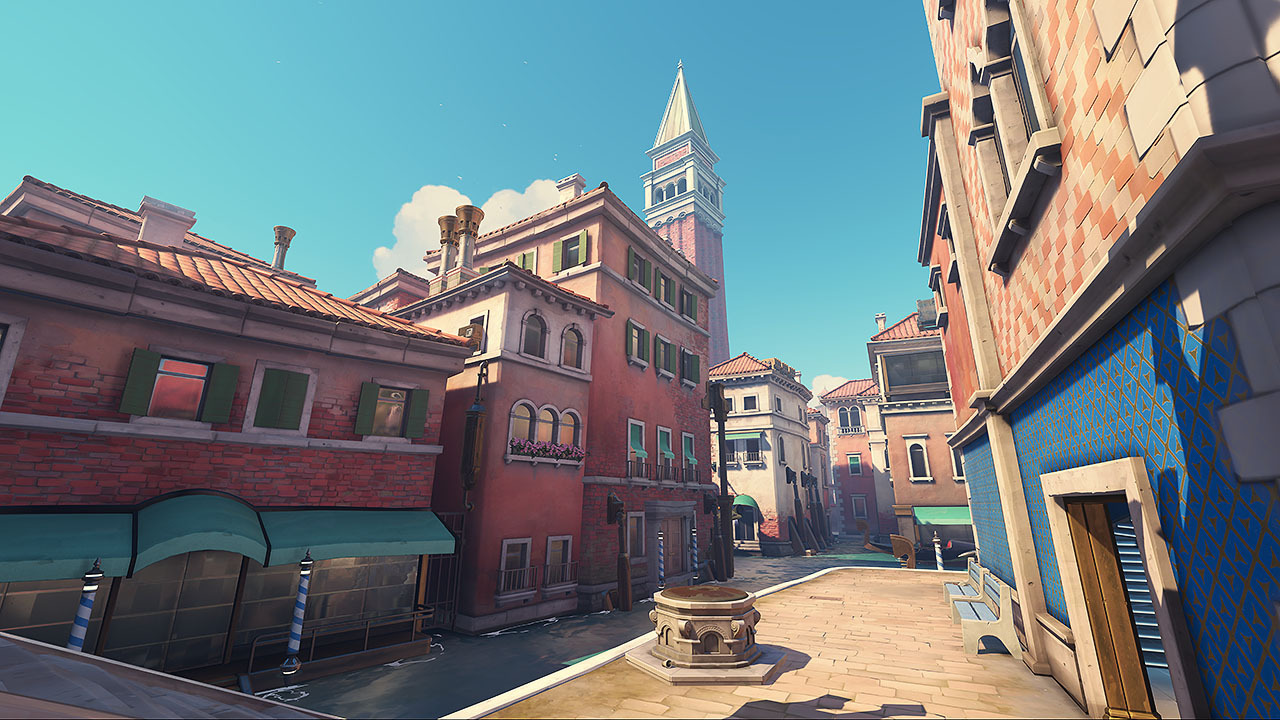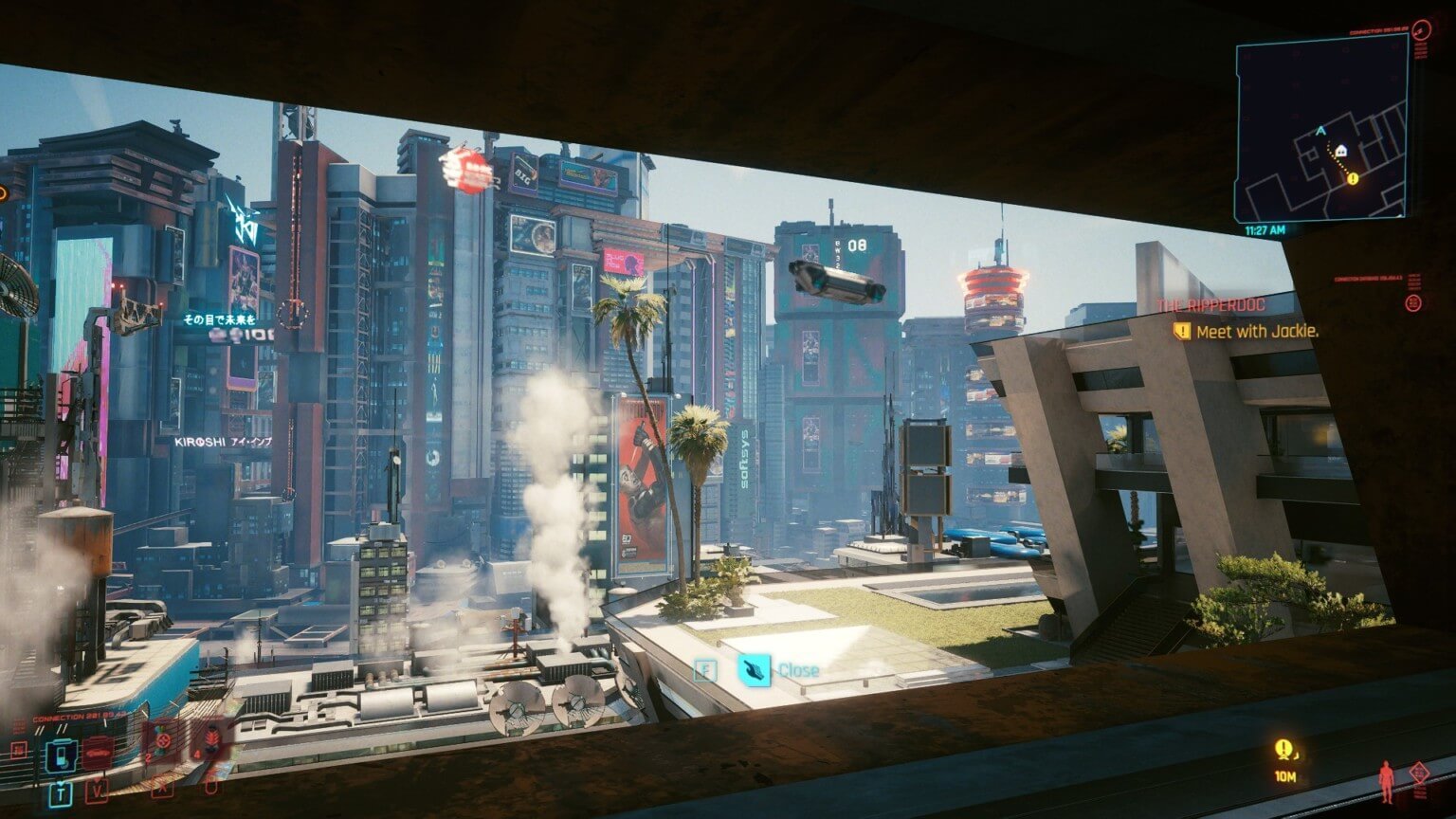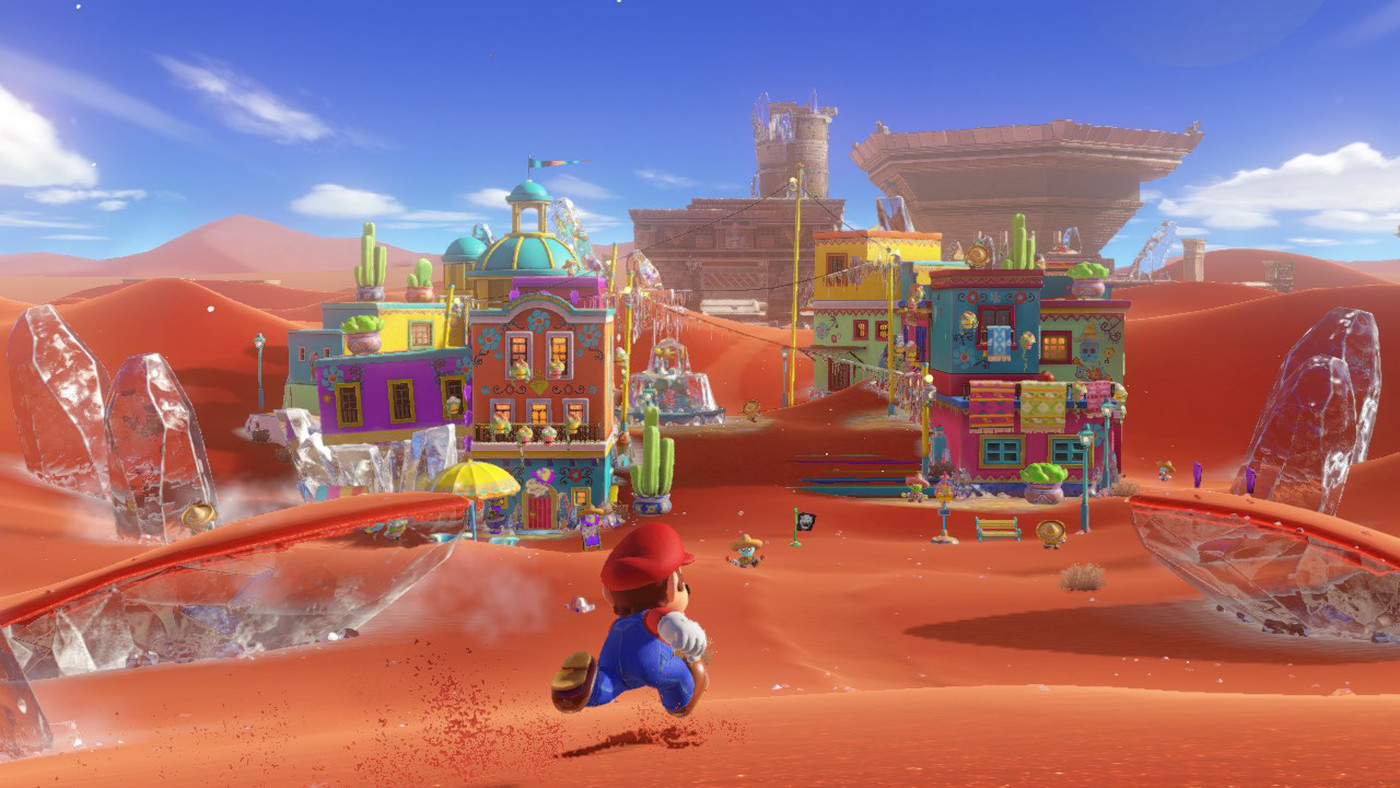Architecture In Video Game Design - Creating Immersive Virtual Worlds
Architects and game designers work together to create immersive, interactive virtual environments that capture the imagination of players. In this article, we will explore the role of architecture in video game design and how it has evolved over time.
Author:George EvansFeb 16, 202394 Shares1.2K Views

Video games have come a long way since their inception. From simple, pixelated graphics to complex, hyper-realistic worlds, video games have become a medium for art, storytelling, and even architectural design. Architects and game designers work together to create immersive, interactive virtual environments that capture the imagination of players. In this article, we will explore the role of architecture in video game designand how it has evolved over time.
The Role Of Architecture In Video Game Design
Architecture plays a crucial role in video game design. It provides the foundation for the virtual world and creates a sense of place for the player. Game designers work closely with architects to create realistic, immersive environments that feel believable and engaging. This requires a deep understanding of architecture, from the placement of buildings to the use of materials and textures. Arquitecture is the latest trend for AAA games accordingto Novabach so we are going to learn how it can make great videogames become legendary.
The Evolution Of Architectural Design In Video Games
Architectural design in video games has come a long way since the early days of gaming. Early games were limited by technology and hardware, and environments were often simple and blocky. As technology advanced, game designers were able to create more complex, detailed worlds that felt more like real-life environments.
One of the earliest examples of architectural design in video games is the game SimCity. Released in 1989, the game allowed players to design and build their own virtual cities. The game's success paved the way for other simulation games, including the popular game franchise, The Sims.
As technology improved, game designers were able to create more realistic and immersive environments. Games like Assassin's Creed and Grand Theft Auto created virtual worlds that felt like real-life cities, complete with realistic architecture and environments.
The Use Of Virtual Reality In Architectural Design
Virtual reality (VR) technology has revolutionized the way architects design and visualize their projects. VR allows architects to create immersive, interactive 3D models of their designs, allowing clients and stakeholders to experience the space before it is built.
Game designers are also using VR technology to create more immersive and engaging virtual worlds. Games like Half-Life: Alyx and Star Trek: Bridge Crew allow players to explore virtual environments in VR, providing a sense of presence and immersion that is not possible with traditional gaming.
The Impact Of Video Game Architecture On Real-World Design
Video game architecture has had a significant impact on real-world architectural design. Games like Minecraft have inspired a generation of young people to pursue careers in architecture and design. Minecraft's simple block-based design has even been used to create virtual models of real-world buildings and environments.
Video games have also influenced real-world architecture in more subtle ways. The use of materials and textures in games like Assassin's Creed and Grand Theft Auto has inspired architects to incorporate similar materials and textures in their designs.
Architecture In Gaming - From Early Days To Modern Times
Architecture has been a part of gaming since the earliest days of the industry. In the early days of gaming, simple blocky environments were created to provide players with a sense of place and context. As technology improved, so did the quality and complexity of the environments that game designers could create.
Games like SimCityand The Sims provided players with the opportunity to design and build their own virtual cities, while games like Assassin's Creed and Grand Theft Auto created realistic, immersive environments that felt like real-life cities.
Gaming In Architecture - Exploring The Power Of Virtual Reality
Virtual reality (VR) technology has revolutionized the way architects and designers approach their work. By creating immersive 3D models of their designs, architects can provide clients and stakeholders with a realistic sense of what a space will look and feel like before it is built.
This same technology has been incorporated into gaming, allowing players to explore and interact with virtual environments in ways that were once impossible. Games like Half-Life: Alyx and Star Trek: Bridge Crew allow players to step into virtual worlds and experience them in a way that is more immersive and engaging than ever before.
The Influence Of Gaming On Real-World Architecture
Video games have also had a significant influence on real-world architecture. Games like Minecraft have inspired a new generation of architects and designers, encouraging them to explore the potential of virtual worlds and digital design.
Additionally, the use of materials and textures in games like Assassin's Creed and Grand Theft Auto has inspired architects to incorporate similar materials and textures in their real-world designs, blurring the lines between the virtual and the real.
The Future Of Architecture And Gaming
As technology continues to advance, the future of architecture and gaming is bound to be exciting. The use of AI and machine learningwill play an increasingly significant role in both fields, allowing for even more immersive and engaging experiences.
Additionally, the relationship between architecture and gaming is likely to become even more intertwined, as designers and developers continue to collaborate and explore new ways of integrating the two fields.
As technology continues to advance, the future of architecture and gaming is bound to be exciting. Advancements in VR technology will allow architects and game designers to create even more immersive and engaging virtual environments. The use of artificial intelligence (AI) and machine learning will also play a significant role in the future of gaming and architecture.
As we look to the future, it is clear that the relationship between architecture and gaming will only grow stronger. Architects and game designers will continue to work together to create virtual worlds that are engaging, immersive, and inspiring.
Challenges And Opportunities
While the relationship between architecture and gaming presents many exciting opportunities, it also comes with its share of challenges. One of the biggest challenges is creating virtual environments that accurately reflect the real world, while also incorporating the fantastical elements that make games so engaging.
Additionally, the technology required to create these immersive virtual worlds can be expensive and complex, making it difficult for smaller game studios or independent architects to enter the field.
However, there are also many opportunities to be found in the intersection of architecture and gaming. Virtual reality technology, for example, has the potential to revolutionize the way architects design and present their work, making it more accessible and engaging to clients and stakeholders.
Similarly, the use of gaming engines like Unity and Unreal Engine has made it easier for architects to create their own virtual environments, even without a background in game design.
The Importance Of Collaboration
Perhaps the most important aspect of the relationship between architecture and gaming is collaboration. By working together, architects and game designers can combine their unique skills and perspectives to create virtual environments that are both immersive and grounded in real-world design principles.
People Also Ask
Can Architects Be Video Game Designers?
While architecture and video game design are different fields, they share many similarities, such as a focus on creating immersive and engaging environments. Many architects have also developed skills in 3D modeling and digital design, which are valuable assets in the video game industry.
How Do Video Games Use Architecture?
Video games use architecture in many ways, from creating realistic and immersive environments to exploring fantastical and otherworldly spaces. Video game designers often draw inspiration from real-world architectural styles and use materials and textures to create a sense of place and context. Additionally, the use of virtual reality and 3D modeling technology has allowed video games to push the boundaries of architecture and design, creating worlds and environments that are more immersive and engaging than ever before.
Do Video Games Need Architects?
Video games don't necessarily need architects, but the skills and expertise of architects can be invaluable in creating immersive and engaging virtual environments. Architects bring a unique perspective and knowledge of real-world design principles to the video game industry, which can help to create more realistic and believable virtual worlds. Additionally, architects can use virtual reality and 3D modeling technologyto create realistic and accurate representations of real-world spaces, which can be used in the development of video games.
Conclusion
Architecture plays a critical role in video game design, providing the foundation for immersive virtual worlds. The evolution of architectural design in video games has led to more realistic and engaging environments, while the use of VR technology has revolutionized the way architects and game designers create and visualize their designs. The impact of video game architecture on real-world design is also evident, inspiring a new generation of architects and designers. As we look to the future
Jump to
The Role Of Architecture In Video Game Design
The Evolution Of Architectural Design In Video Games
The Use Of Virtual Reality In Architectural Design
The Impact Of Video Game Architecture On Real-World Design
Architecture In Gaming - From Early Days To Modern Times
Gaming In Architecture - Exploring The Power Of Virtual Reality
The Influence Of Gaming On Real-World Architecture
The Future Of Architecture And Gaming
Challenges And Opportunities
The Importance Of Collaboration
People Also Ask
Conclusion

George Evans
Author
George Anderson, an exceptional architectural designer, envisions and brings to life structures that transcend the realm of imagination. With an unwavering passion for design and an innate eye for detail, George seamlessly blends form and function, creating immersive spaces that inspire awe.
Driven by a deep appreciation for the interplay of space, light, and materials, George's innovative approach redefines the possibilities of architectural design. His visionary compositions leave an indelible mark, evoking a sense of wonder and transforming the built environment.
George Anderson's transformative designs and unwavering dedication continue to shape the architectural landscape, pushing the boundaries of what is possible and inspiring generations to come.
Latest Articles
Popular Articles


